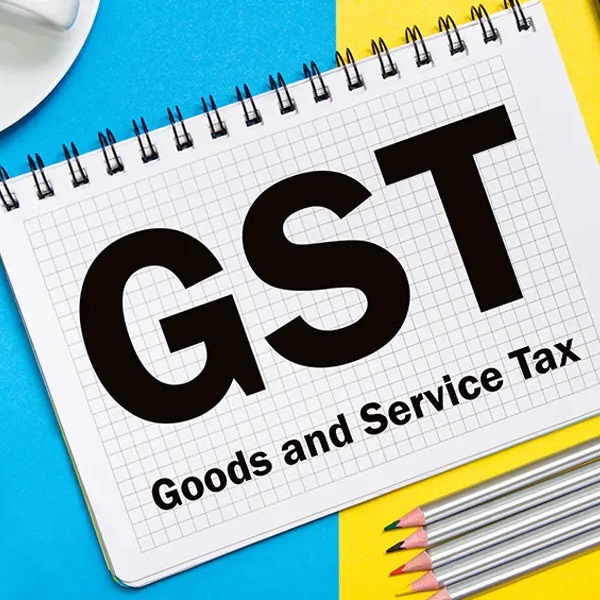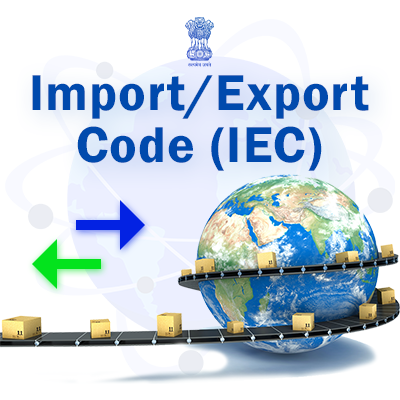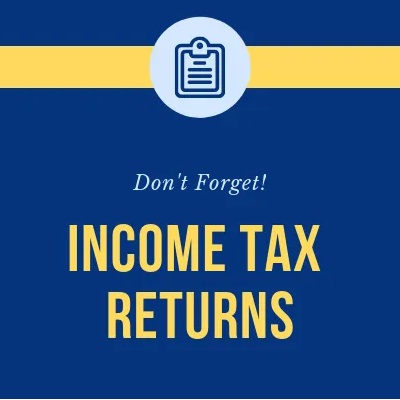
Featured
Goods & Service Tax (GST) of India
Lessons
Taxes can be defined as "an economic burden imposed on individuals or property owners to support the government. Payments are required by legislative authorities. Taxes are "not voluntary payments or gifts, but compulsory contributions imposed under legislative authority. The GST portal has several crucial tabs necessary for GST compliance. These are as follows- Goods and Services Tax Login Home page Services GST Law Downloads Search Taxpayer Help and Taxpayer Facilities e-Invoice News and Updates The kinds of documentation needed for a business's GST (Goods and Services Tax) registration in India can differ depending on the kind of business and what it does. But in general, the following set of paperwork is required for GST registration: The GST Registration process is online and must be carried out on the government website gst.gov.in. Here is a step-by-step guide on how to complete the registration process online on the GST Portal– The Harmonised System of Nomenclature (HSN) and Service Accounting Codes (SAC) are used to classify all commodities and services that must be utilized for India GST, which will help lower barriers to international trade. These SAC and HSN codes have also been utilized in record-keeping and invoices so that the supplied goods and services are readily identifiable. The Composition Levy is a program under the Goods and Services Tax (GST) that aims to lessen the burden of compliance for small enterprises. Instead of completing the standard GST compliance procedure, qualified taxpayers may opt to pay a predetermined percentage of their turnover as tax under the Composition Scheme. In economics, the notion of the supply of goods and services is self-explanatory; it is defined as the net value of production during a given period of time. On the other hand, supply is described under the GST as a taxable event, which could involve any of the following: The time, place, and value of a supply or transaction conducted under the GST assist taxpayers in figuring out the appropriate tax rate. When creating an invoice that complies with GST, it's critical for a taxpayer to be aware of the applicable rates for CGST, SGST, and IGST. A taxpayer will be able to correctly file his GST returns by using these invoices. TDS refers to the tax that is deducted when the buyer of goods or services, such as government departments, makes payments under a business contract. GSTR-1 is a monthly or quarterly return that should be filed by every registered GST taxpayer, except a few as given in further sections. It contains details of all outward supplies i.e. sales. When there are no transactions or obligations to be recorded and paid in that return for that specific tax period, Form GSTR-3B can be filed as a nil return. If you have not received any goods or services, have not made any outward supplies, and have no tax due, you may file a nil return. GSTR-2A is an auto-generated form that gives taxpayers information about inbound supplies they have received. It is produced using the data that suppliers provide on their GSTR-1 forms. On the GST portal, taxpayers can check GSTR-2A and confirm the specifics of purchases they made from registered vendors. To guarantee accuracy and completeness, firms must reconcile the data in GSTR-2A with their purchase records. The aim of Form GSTR-3B, a simplified summary return, is to allow taxpayers to declare and pay their summary GST liabilities for a specific tax period. Form GSTR-3B returns must be filed by a regular taxpayer for each tax period. The Central Board of Indirect Taxes and Customs (CBIC) implemented the Quarterly Return Filing and Monthly Payment of Taxes Scheme (QRMP) to ease the cost of compliance for small taxpayers. With a monthly tax payment, taxpayers with a revenue of up to Rs. 5 crores can choose to file quarterly returns under this system. Here are the general steps: The government has initiated the Invoice Furnishing Facility (IFF) for those taxpayers who file GST returns quarterly under the QRMP (Quarterly Returns Monthly Payment) scheme, simplifying their tax compliance process. This tool enables individuals to file and balance returns effortlessly, in addition to speeding up the transfer of Input Tax Credits (ITC) to respective buyers. With an input tax credit, you can pay the remaining amount and deduct the tax you have already paid on inputs when paying output taxes. Here's how to do it: You are responsible for paying taxes on purchases made from registered dealers of goods and services. The tax is collected when you sell. The amount of output tax, or tax on sales, is deducted from the taxes paid at the time of purchase, and the remaining tax liability, or tax on sales less tax on purchase, must be paid to the government. We refer to this method as input tax credit utilisation






No Comments